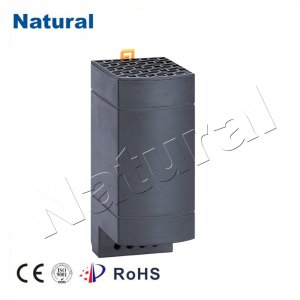 28 items Patent
28 items Patent
 28 items Patent
28 items Patent
 28 items Patent
28 items Patent

Delve into the world of heating thermostats and discover how these intelligent devices optimize comfort, energy efficiency, and convenience.

When it comes to maintaining optimal comfort and energy efficiency in our living and working spaces, heating thermostats have emerged as indispensable tools. These smart devices provide precise temperature control, energy optimization, and convenient programming, revolutionizing the way we experience and manage our heating systems. Let's explore the fascinating world of heating thermostats and uncover their transformative power.
Heating thermostats serve as the brain of heating systems, allowing us to effortlessly control and maintain the desired temperature within our environments. With their advanced sensors and algorithms, these intelligent devices accurately measure ambient temperature and adjust the heating output accordingly. This precision control eliminates temperature fluctuations, ensuring a consistently comfortable atmosphere.
Energy efficiency is a key driver behind the popularity of heating thermostats. By programming heating schedules and utilizing adaptive algorithms, these thermostats optimize energy consumption. They can learn from our usage patterns, adjusting the heating system to operate only when necessary and maintaining a balance between comfort and energy savings. This smart energy management translates into reduced utility bills and a more sustainable living or working environment.
The convenience offered by heating thermostats is another notable advantage. Modern thermostats come equipped with user-friendly interfaces, mobile apps, and voice control integration, allowing users to control their heating systems remotely and effortlessly. Whether it's adjusting the temperature before arriving home or creating personalized heating schedules, these thermostats provide unprecedented convenience and control at our fingertips.
Beyond individual homes, heating thermostats find extensive applications in commercial and industrial settings. In office buildings, for example, thermostats can regulate heating in different zones based on occupancy and usage patterns, ensuring optimal comfort and energy efficiency throughout the facility. Similarly, in large-scale manufacturing plants or warehouses, heating thermostats enable precise temperature control in various areas, enhancing productivity and minimizing energy waste.
The advancements in heating thermostat technology have sparked a wave of innovation in the field. Manufacturers are incorporating features such as machine learning and artificial intelligence integration to create even smarter thermostats. These next-generation devices can learn from user preferences and behavior, adapting heating patterns and settings to individual needs. The result is a highly personalized and efficient heating experience.
Furthermore, the rise of smart home ecosystems and the Internet of Things (IoT) has opened up new possibilities for heating thermostats. Integration with other smart devices, such as motion sensors and weather forecasts, allows thermostats to optimize heating based on occupancy and external conditions. This seamless connectivity and interoperability bring about a holistic approach to climate control, enhancing energy efficiency and user comfort.
In conclusion, heating thermostats have transformed the way we manage our heating systems, providing precise temperature control, energy optimization, and convenience. From maintaining comfortable living spaces to optimizing energy consumption in commercial settings, these intelligent devices offer unparalleled benefits. With continuous advancements in technology, heating thermostats are set to become even more sophisticated, delivering customized comfort, increased energy savings, and seamless integration within our smart homes and buildings.